
As the COVID-19 crisis plays out, Rice University faculty have been proactively making the best of a difficult situation for their students.

As the COVID-19 crisis plays out, Rice University faculty have been proactively making the best of a difficult situation for their students.

Heart nanofibers in STAT Madness semifinals
Texas Heart Institute and Rice University’s heart-saving nanotube fibers have advanced to the semifinal round of STAT Madness.

Rice professors named AIMBE fellows
Two Rice University faculty members have been named to the College of Fellows of the American Institute for Medical and Biological Engineering.

Coronavirus and the classroom: How Rice is tackling the move to remote learning
Rice students, faculty and staff are finishing the spring semester in unprecedented circumstances, responding to the threat of COVID-19 by hunkering down and delivering classes online.
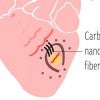
Heart nanofibers in STAT Madness quarterfinals
Texas Heart Institute and Rice University’s heart-saving nanotube fibers have advanced to the quarterfinal round of STAT Madness.

Heart nanofiber project makes STAT Madness round 3
A Texas Heart Institute/Rice project to use nanotube fibers to repair damaged hearts advances to round 3 of STAT Madness.
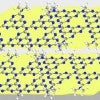
New nano strategy fights superbugs
Rice researchers imprint carbon nitride nanosheets to catch and kill free-floating antibiotic resistant genes found in secondary effluent produced by wastewater treatment plants. The strategy would prevent the DNA molecules from making downstream bacteria more resistant to drugs.

Heart nanofibers make STAT Madness Round 2
The Rice/Texas Heart Institute project to use nanotube fibers to repair damaged hearts makes Round 2 of STAT Madness.
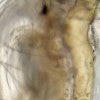
Tissue-digging nanodrills do just enough damage
Scientists at Rice and their collaborators show light-activated molecular drills effectively kill cells in whole eukaryotic organisms.
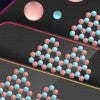
A small step for atoms, a giant leap for microelectronics
Rice materials scientist Boris Yakobson and colleagues in Taiwan and China report in Nature on making large single-crystal sheets of hexagonal boron nitride, touted as a key insulator in future two-dimensional electronics.

Heart nanofiber breakthrough awaits your STAT Madness vote
Joint Texas Heart Institute/Rice University research into using carbon nanotube fibers to bridge damaged areas of hearts is part of this year's STAT Madness, a competition to choose the year's best university-based bioscience project.
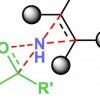
Rice scientists simplify access to drug building block
Rice University chemists further simplify their process to make essential precursor molecules for drug discovery and manufacture. The method to modify unactivated olefins for use as building blocks could save the pharmaceutical industry millions.

Crenshaw, Curl convene before health care summit at Rice
U.S. Rep. Dan Crenshaw, R-Texas, met with Robert Curl, Rice's Kenneth S. Pitzer-Schlumberger Professor Emeritus of Chemistry and a Nobel laureate, before convening his second annual Healthcare Innovation Summit Feb. 20 at the Glasscock School of Continuing Studies' Anderson-Clarke Center.
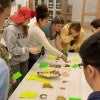
Chemistry of Art class partners with MFAH to give Rice students firsthand experience
In this popular course, chemistry and art conservation go hand in hand.

CPRIT grant draws cell imaging specialist to Rice
The Cancer Prevention and Research Institute of Texas awards a $2 million grant to Rice to recruit physical chemist Anna-Karin Gustavsson, who will study the dynamics and distributions of single molecules in living cells through her development of sophisticated imaging systems.